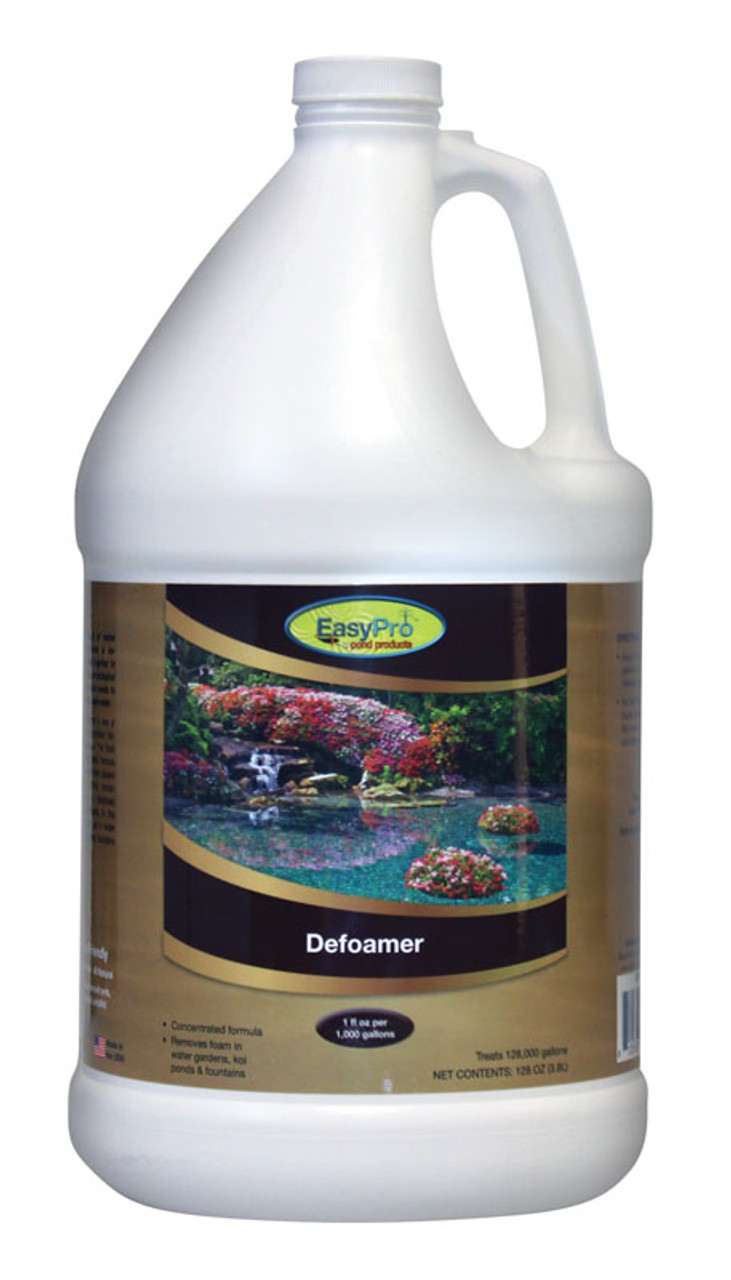The Science Behind Defoamers and Their Role in Foam Control
The Science Behind Defoamers and Their Role in Foam Control
Blog Article
Choosing the Right Defoamer for Your Certain Application Needs
Picking the appropriate defoamer for specific application demands is a nuanced process that demands mindful factor to consider of numerous variables, such as the foam operating, medium, and type conditions. Comprehending the subtleties of defoamer efficiency-- including speed and determination-- while also accounting for ecological and regulative elements is crucial.
Understanding Foam Formation
Foam formation occurs when gas is entraped within a fluid, developing a steady framework of bubbles. This sensation can considerably affect different commercial procedures, specifically in industries such as food manufacturing, drugs, and wastewater therapy. The visibility of foam can hinder blending, reduce product quality, and also result in functional inefficiencies.
Foam typically creates because of a combination of variables, including surface-active agents, agitation, and the qualities of the liquid stage. Surfactants lower the surface area stress of the fluid, helping with the formation of bubbles that can stabilize and integrate. Anxiety, whether from mechanical mixing or gas intro, enhances bubble formation, bring about increased foam quantity.
Understanding the mechanics of foam development is critical for sectors aiming to maximize their procedures. By determining the particular conditions that promote foam generation, organizations can apply methods to mitigate its impacts.
Sorts Of Defoamers Available
Numerous types of defoamers are offered to address the challenges postured by foam in commercial applications. defoamers. Broadly categorized, defoamers fall under three classifications: silicone-based, non-silicone-based, and all-natural defoamers
Silicone-based defoamers are renowned for their performance and security across a wide array of temperature levels and pH degrees. They are typically used in applications where strong foam reductions is essential, such as in coatings, adhesives, and paints. Their reduced surface tension enables rapid foam collapse.
Non-silicone-based defoamers, typically made from natural compounds, supply an option for applications conscious silicone deposits. These defoamers can be further split into polyether and ester types, each tailored to satisfy details formulation demands. Non-silicone defoamers are regularly utilized in food processing and personal treatment items as a result of their compatibility with various solutions.
Natural defoamers, stemmed from plant or pet resources, are gaining grip because of their environmentally friendly account. These products are specifically appealing in applications where regulative conformity and sustainability are vital, such as in agrochemicals and biotechnology.
Choosing the right type of defoamer is important for maximizing performance and ensuring compatibility with certain applications.
Key Application Factors To Consider
When picking a defoamer, it is necessary to take into consideration the certain application demands to ensure optimal performance. defoamers. Different sectors have distinctive demands, such as food processing, pharmaceuticals, or wastewater treatment, and each application may require unique defoaming properties
Trick elements to evaluate include the medium in which the defoamer will certainly be made use of, whether it is water-based, oil-based, or a combination thereof. The temperature level and pH levels of the application can likewise substantially affect the effectiveness of a defoamer. Furthermore, compatibility with various other chemicals present in the system is vital to avoid unfavorable responses that could compromise performance.
Another vital factor to consider is the lathering habits of the specific system. Comprehending whether the foam creates promptly or gradually can guide the option of a defoamer that targets the source efficiently. Furthermore, the wanted site rate of defoaming can affect the selection, as some applications need fast action while others might endure slower defoaming processes.
Lastly, environmental and regulatory considerations must not be neglected, specifically in markets with strict conformity requirements. Choosing a defoamer that straightens with these factors ensures both performance and safety and security in the application.

Performance Testing Techniques
Reviewing the efficiency of a defoamer needs a methodical technique to screening that precisely gauges its efficiency in details applications. Different performance screening methods can be employed to determine the optimum defoamer for a provided formulation.
One typical method is the bubble examination, which examines the defoamer's capacity to lower foam quantity over time. This test includes generating a steady foam and then adding the defoamer to observe the rate of foam collapse.

Eventually, choosing the suitable performance testing approach discover here depends upon the details application and the sort of foam being addressed. Each approach supplies valuable information that can lead formula changes and boost the efficiency of the defoamer in sensible applications.
Best Practices for Choice


Following, think about the defoamer's efficiency in regards to speed of activity and determination. A quick-acting defoamer may be required for processes where fast foam reductions is critical, while a more relentless formulation could be needed for long term foam control. Furthermore, assess the ecological influence of the defoamer, including its biodegradability and any regulative conformity requirements.
Conduct tests with picked defoamers to determine their effectiveness in real-world conditions. By adhering to these best practices, you can enhance foam control performance and make sure the long life of your processes.
Verdict
In recap, choosing the suitable defoamer demands a comprehensive evaluation of various elements, consisting of foam type, medium, operating problems, and ecological factors to consider. Recognizing the one-of-a-kind qualities of foam formation and the available defoamer options is essential.
Choosing the suitable defoamer for details application requirements is a nuanced procedure that demands careful factor to consider of numerous elements, such as the foam medium, operating, and kind problems.Choosing the ideal defoamer is vital for accomplishing optimum efficiency in foam control applications. A quick-acting defoamer may be necessary for processes where rapid foam suppression is vital, while a much more my latest blog post relentless formula may be required for prolonged foam control.In recap, picking the appropriate defoamer necessitates a thorough assessment of various aspects, consisting of foam type, tool, operating conditions, and ecological considerations. Recognizing the one-of-a-kind characteristics of foam development and the readily available defoamer options is important.
Report this page